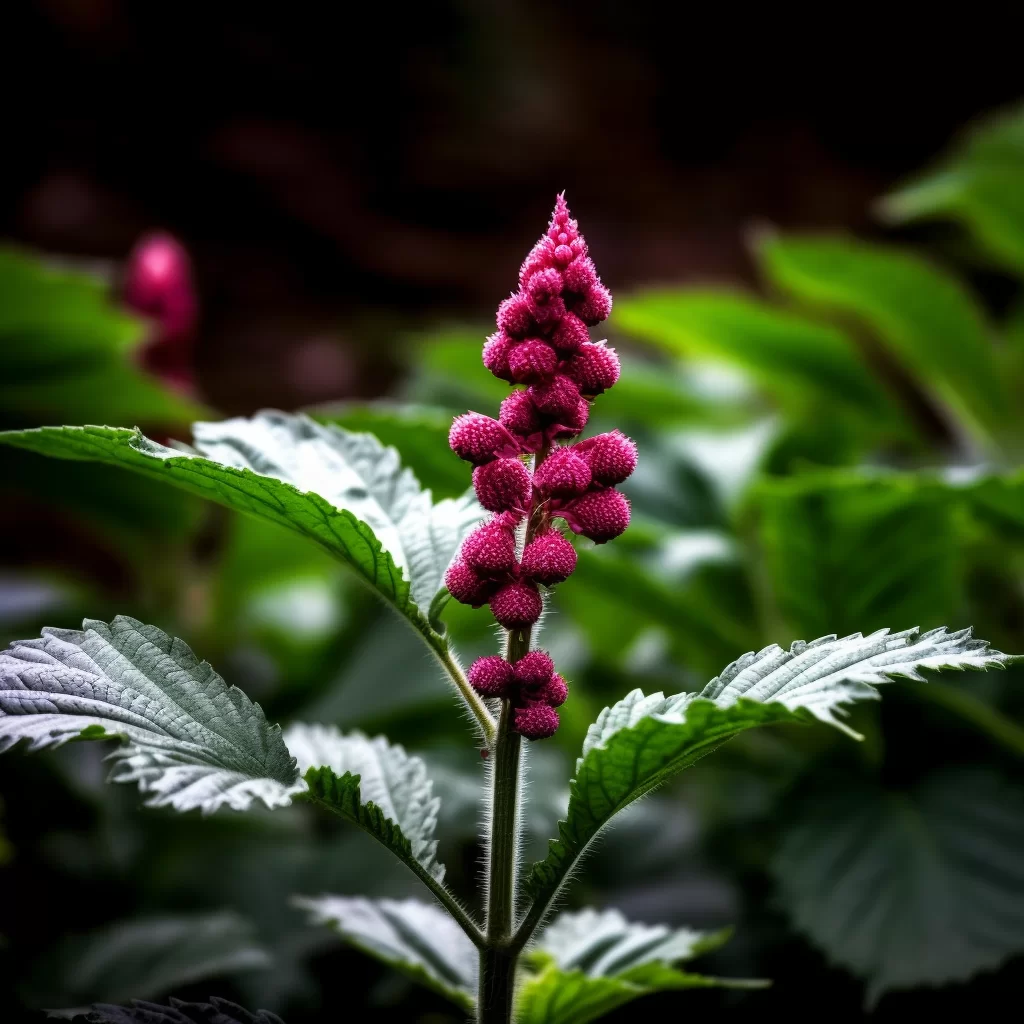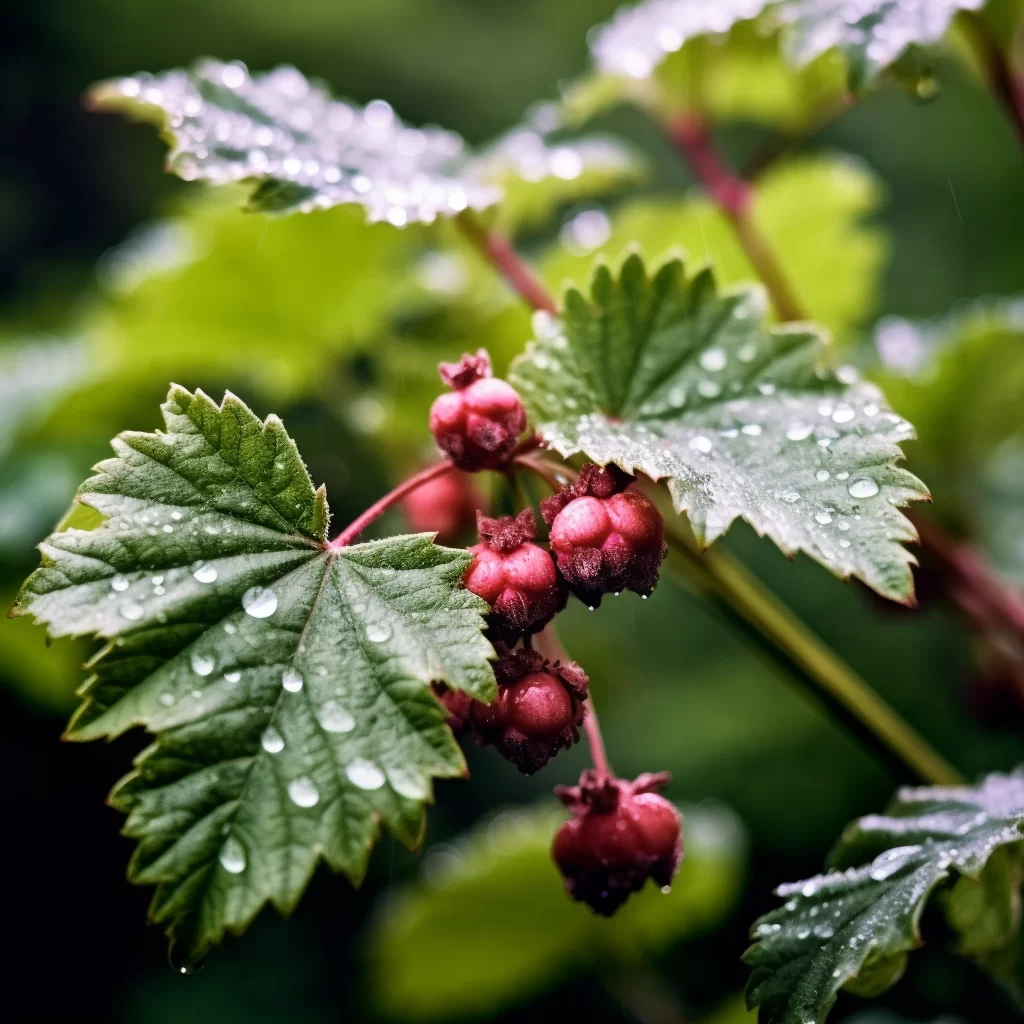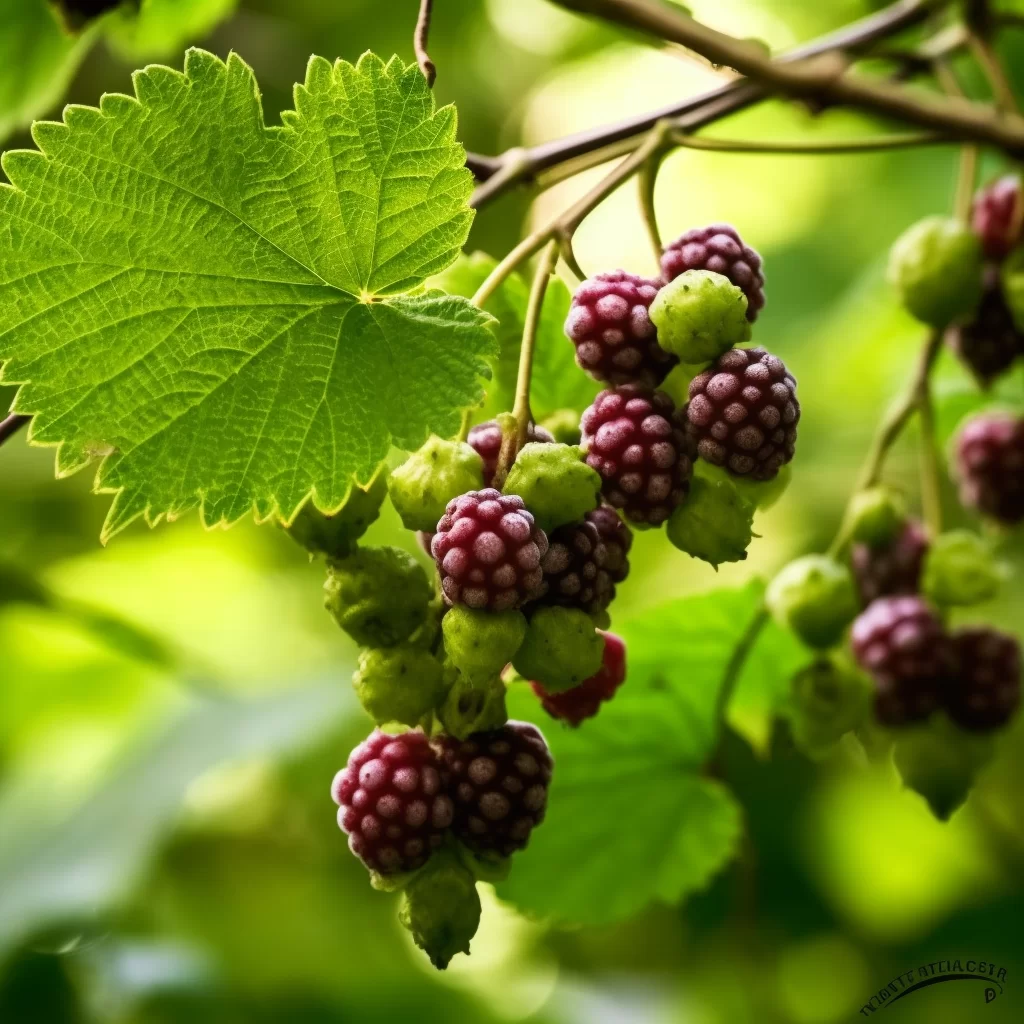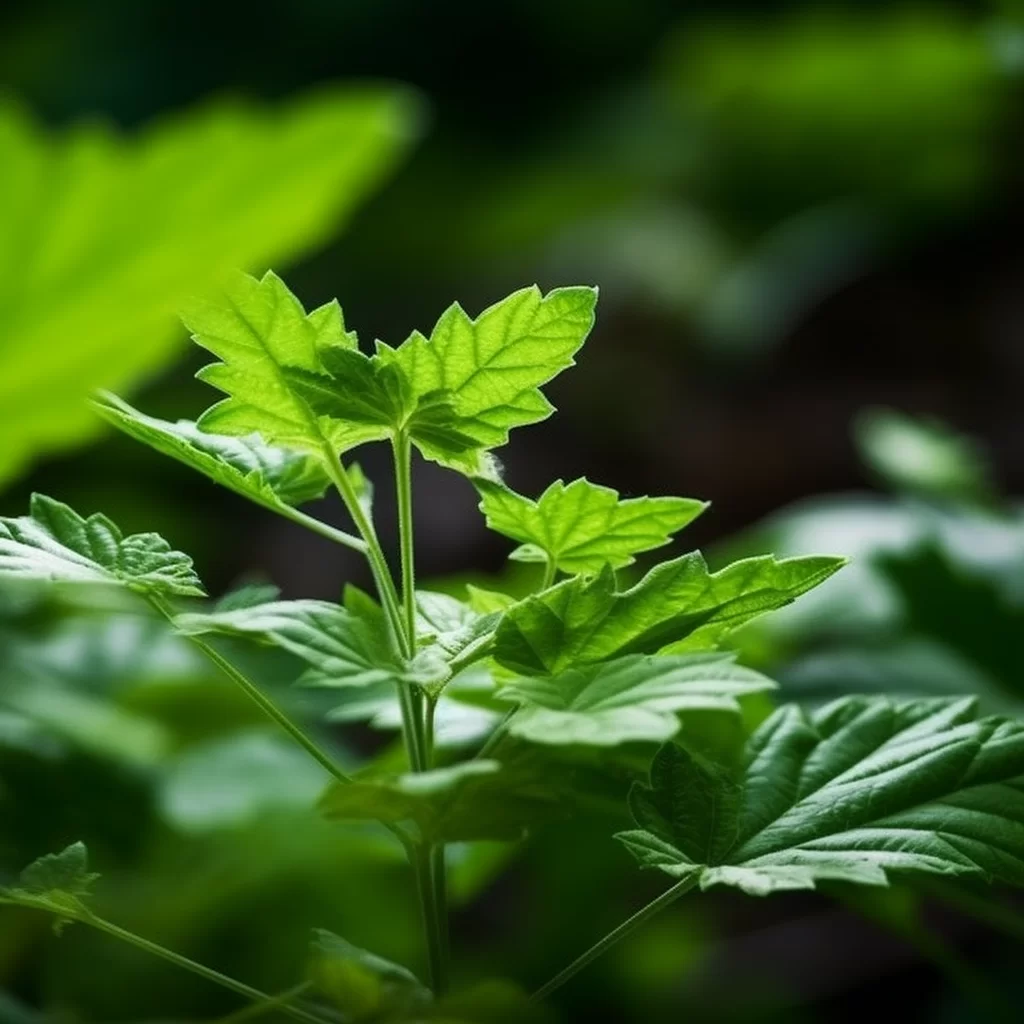Story of Day :
Contents
The Rubus Plant: A Complete Guide and Care Tips
Are you looking for a beautiful and tasty addition to your garden? Look no further than the Rubus plant! These plants, also known as brambles, are part of the rose family and include favorites such as raspberries, blackberries, and boysenberries.
In this article, we will provide a complete guide on how to care for these delicious fruits in your own backyard.
The Basics of the Rubus Plant
Before we dive into how to care for your Rubus plants, let’s first discuss what they are.
As mentioned earlier, Rubus is a genus of plants in the Rosaceae family that includes both fruiting and ornamental varieties.
The most commonly grown fruits from this genus include raspberries, blackberries, blueberries (yes – they’re considered part of the same family!), strawberries among others.
Types of Rubus Plants

Rubus plants come in many different shapes and sizes.
Here are some common ones:
- Raspberry: Red or black raspberry bushes have thorny canes that produce sweet berries in summer or fall.
- Blackberry: Thorny or thornless shrubs produce juicy berries every summer through fall.
- Dewberry: Similar to blackberry but has smaller fruit with less juice content.
- Tayberry:A cross between raspberry & blackberry with small red-purple berries which ripen early July until August depending on location.
- (Tip: You can grow different types together if you want an assortment of fresh berries throughout growing season).
Caring for Your Rubus Plants
Planting and Soil Requirements
When it comes to planting Rubus plants, they prefer a well-draining soil that is rich in organic matter.
You can improve your garden’s soil by adding compost or aged manure before planting or transplanting.
Ensure the position receives plenty of sunlight at least six hours every day.

Watering
Rubus plants require consistent moisture throughout their growing period, particularly in the summer months.
The best time to water is early in the morning; This allows enough time for leaves & fruit to dry off before evening.
Fertilizing
Inorganic fertilizer should not be used on raspberry plants during the first year and as sparingly as possible after that since overfertilization can lead to weak growth and disease susceptibility.
Organic fertilizers such as manure, bone meal work great but only after one year of growth.
Pruning
The Rubus plant requires pruning once a year, depending on when it produces fruit (primocane or floricanes).
Primocanes grow leaves during their first season while floricanes bear fruits during subsequent years.
- If you are dealing with primocanes, trimming them down will encourage new growth from below ground level.
- If you have Floricanes prune those which had produced berries earlier into ground level (a process called floricane tipping), making room for new ones next season.

Pests and Diseases
The most common problems associated with Rubus plants include pests like spider mites & aphids, and diseases such as cane blight.
- To prevent an infestation, keep the area clean and weed-free.
Use insecticides to deal with pests promptly.
- Prune any dead or diseased wood from your plant regularly to ensure that it stays healthy and pest-free.
Harvesting Rubus Plants
Rubus plants bloom in late spring/early summer, yielding fruit throughout the summer months.
You can tell when they are ripe by their color – red raspberries will be deep red while blackberries turn dark purple-black.
Harvest your berries as soon as possible once ripe; do not leave them on the plant for too long if you want to avoid spoilage or animals devouring them before you can get to them!

Conclusion
Rubus plants offer both beauty and taste; they are easy to care for even if some pests/diseases may be a nuisance. With proper attention, regular pruning/harvesting, fertilizing,& watering – Your garden will thrive with these wonder fruits!